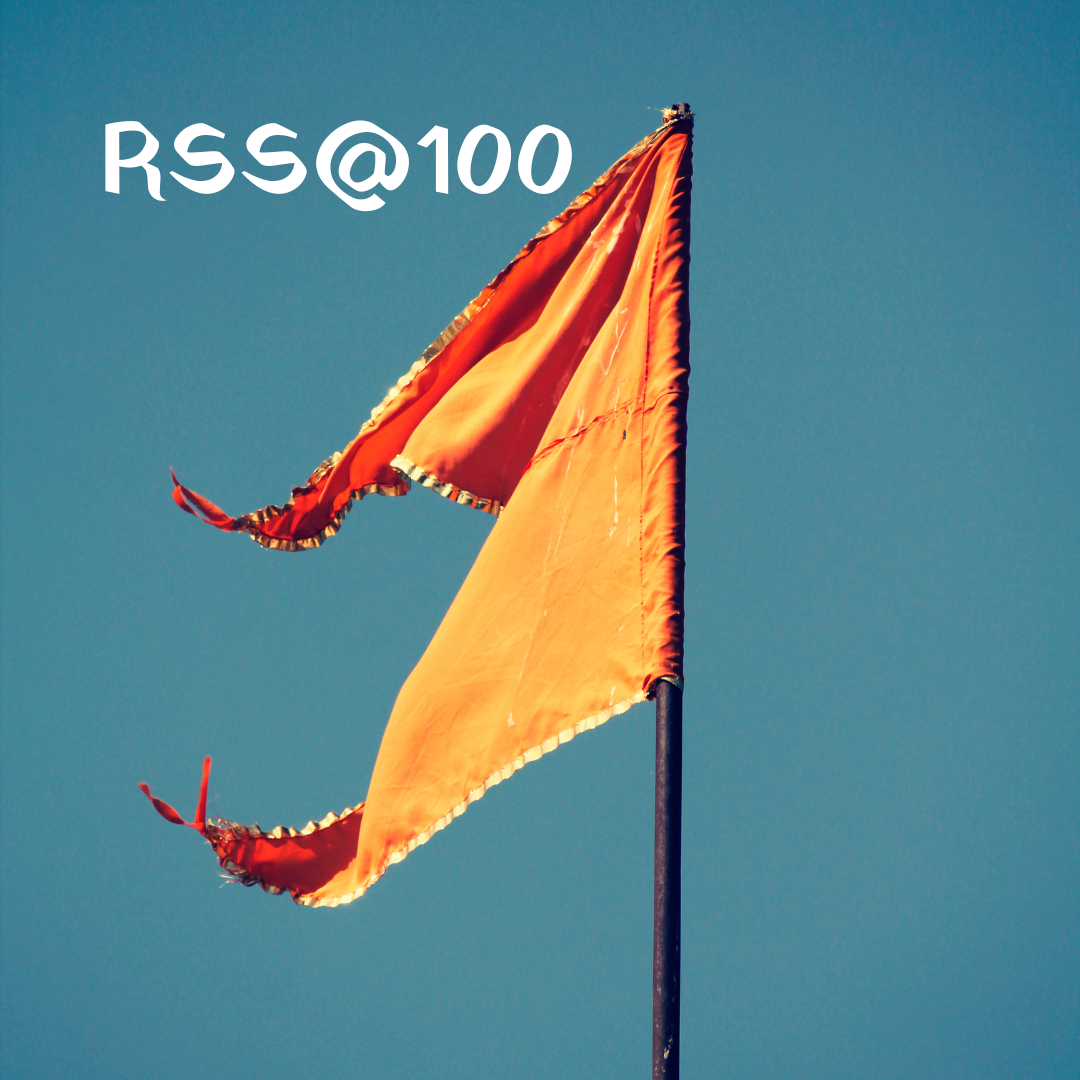The Rashtriya Swayamsevak Sangh (RSS) shall commemorate its centennial in September this year. The organisation stands at the cusp of a unique moment, bridging its ideological vocation and socio-economic utility. Founded in 1925, the Sangh’s milestone invites not just reflection, but rigorous scrutiny of its contributions toward India’s economic landscape. Through its grassroots initiatives, institutional frameworks, and policy advocacy, RSS has augmented the national economy and possesses latent potential for even greater impact.
Today, RSS is reputed to be the world’s largest volunteer organisation, boasting over five million swayamsevaks engaging in education, disaster relief, health camps, and skill-building workshops. It operates via 73,646 shakhas (branches), an infrastructure that touches millions annually. These shakhas often provide vocational training and discipline, effectively augmenting India’s human capital at negligible government cost.
While quantifying RSS’s direct economic contribution remains complex, its scale suggests it functions as a quasi-social-infrastructure platform, nurturing soft skills and entrepreneurial mindsets, thereby incubating future employees, artisans, educators, and civic leaders.
India’s agriculture and allied industries, accounting for around 30.2% of Gross Value Added (GVA), grew by 3.5% in FY25. RSS affiliates like the Bharatiya Kisan Sangh (BKS) actively promote sustainable agriculture, seed sovereignty, and crop pricing advocacy. By nurturing farmer collectives and training, RSS aids in disseminating best practices like organic cultivation and water efficiency, ergo, supporting national goals such as the doubling of farmers’ incomes and irrigation investment.
The RSS’s policy influence became manifest in FY25. For instance, its proposal to use caste census data purely for welfare, and not electoral engineering, led to the formation of committees examining rural upliftment. Such stances exhibit RSS’s potential as an intermediary that bridges data analytics with welfare-driven regulation, eventually aiding the optimisation of subsidies, digital governance, and alleviation of economic asymmetries.
India’s GDP growth is projected at 6.4% in FY25 to a projected 6.3-6.8% in FY26 – with agriculture, industry, and services contributing robustly. RSS’s grassroots mobilisation could play an ancillary role in reinforcing these growth pillars – particularly micro, small, and medium enterprises (MSMEs) and rural cottage industries – if it deepens its vocational skilling and entrepreneurship initiatives.
Beyond implicit contributions, RSS shakhas amplify financial inclusion through literacy drives and micro-savings groups. These augment nationwide efforts that have reduced Indian banking NPAs.
To amplify its economic imprint, the RSS could undertake a series of forward-thinking interventions designed to harness its organisational infrastructure for national development. First, by transforming its ubiquitous shakhas into vocational incubators, the Sangh could partner with government schemes like PMKVY or Skill India to equip at least one million rural youth with market-ready skills by 2026, thus addressing both unemployment and the quality of India’s informal workforce. Second, the RSS can simultaneously expand upon its recent policy committee work by institutionalising data-driven welfare analytics. Committees formed earlier this year to examine caste, agrarian, and health indices could evolve into permanent knowledge cells, aligning grassroots-level insights with central planning for more targeted and equitable public spending. Third, the Sangh could mobilise its long-standing emphasis on swadeshi to promote green enterprise clusters, catalysing solar-based products, organic agricultural inputs, and rural value chains in line with India’s ecological transition. Finally, the RSS’s vast rural footprint offers a unique vantage point to identify and scale undiscovered start-ups in cottage industries. These ventures, especially in underbanked regions, could be connected to microfinance networks, MSME support clusters, and digital marketplaces, thereby integrating them into the national and global economy.
The RSS stands not just as a socio-cultural force but an economic stakeholder. With active sites galore, millions of volunteers, and institutional arms across agriculture, education, and social welfare, the Sangh is already an unwitting economic catalyst. If its organisational acumen is consciously channelled into domains like vocational training, data-driven welfare, rural enterprise, and sustainable agriculture, the RSS could metamorphose from a vast volunteer network into a strategic partner in India’s economic transformation. As the nation strides toward a projected $7trillion economy by 2030 and aspires to become a $30 trillion Viksit Bharat by 2047, the Sangh’s century-old organisational sinew may yet be one of India’s stealthiest engines of growth.




